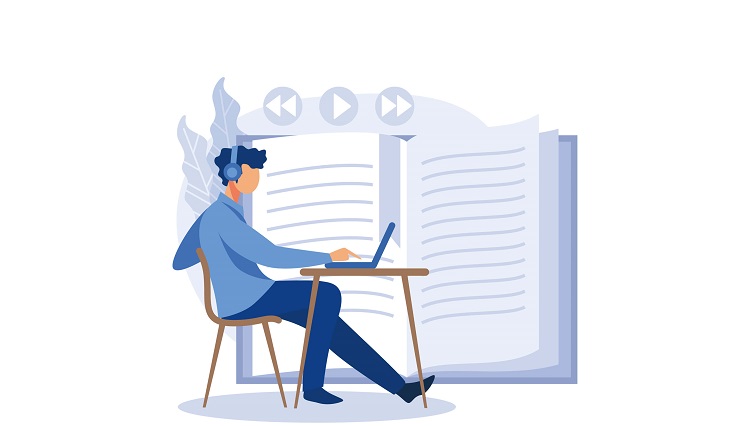Backgrounds play a crucial role in web design, adding visual interest and helping to define the mood and style of a website. CSS3, the latest version of Cascading Style Sheets, introduces a number of powerful features for working with backgrounds. In this tutorial, we will guide you through the process of working with backgrounds in CSS3.
Table of Contents
ToggleUnderstanding CSS3 Background Properties
CSS3 introduces several new properties for working with backgrounds:
- background-color: Sets the background color of an element.
- background-image: Sets one or more background images for an element.
- background-repeat: Sets if/how a background image will be repeated.
- background-position: Sets the starting position of a background image.
- background-size: Specifies the size of the background images.
- background-clip: Defines how far the background (color or image) should extend within an element.
- background-origin: Specifies the origin position of a background image.
Setting a Background Color
The background-color property is used to set the background color of an element. Here’s an example:
div {
background-color: #ff0000;
}
In this example, the div will have a red background color.
Setting a Background Image
The background-image property is used to set one or more background images for an element. Here’s an example:
div {
background-image: url('image.jpg');
}
In this example, the div will have a background image.
Controlling the Background Image
The background-repeat, background-position, and background-size properties are used to control how a background image is repeated, positioned, and sized. Here’s an example:
div {
background-image: url('image.jpg');
background-repeat: no-repeat;
background-position: center center;
background-size: cover;
}
In this example, the background image will not be repeated, it will be positioned in the center of the div, and it will be scaled to be as large as possible while still being fully visible within the div.
Setting the Background Clip and Origin
The background-clip and background-origin properties are used to control how far the background extends within an element and where the background image is positioned. Here’s an example:
div {
background-image: url('image.jpg');
background-clip: content-box;
background-origin: content-box;
}
In this example, the background will only extend within the content box of the div, and the background image will be positioned relative to the content box.
Conclusion
CSS3 provides a wide range of features that give developers more control over the backgrounds of elements. By understanding these features and how to use them, you can create more engaging and visually appealing web experiences. Remember to always provide fallbacks for older browsers that may not support these properties, and consider using a CSS preprocessor like Sass or Less to make your CSS more maintainable. Happy coding!


